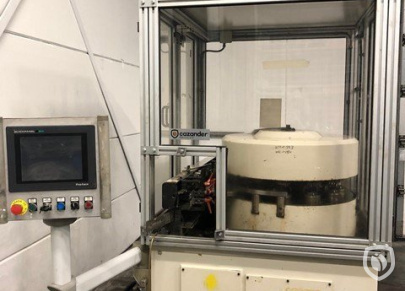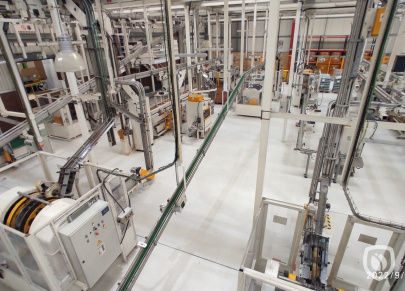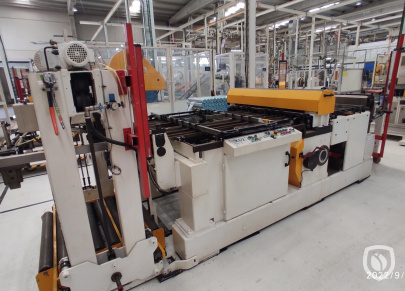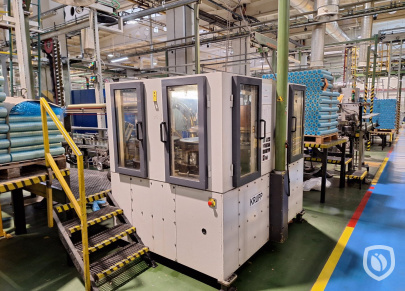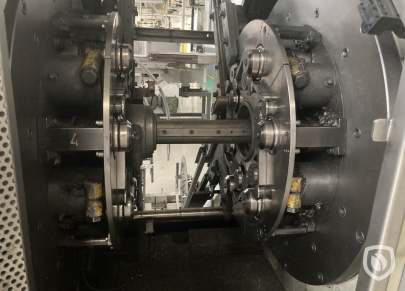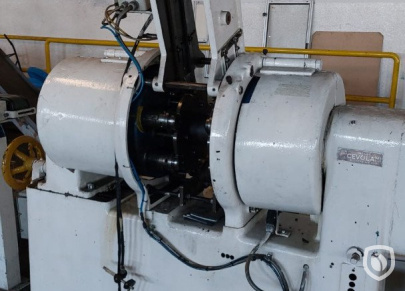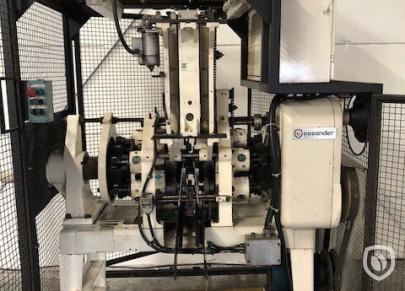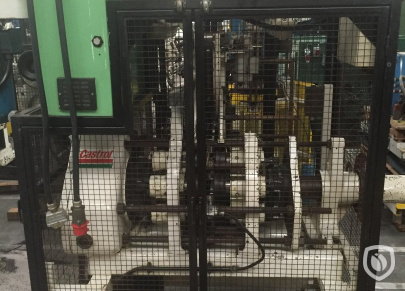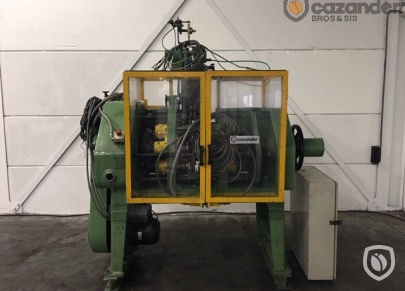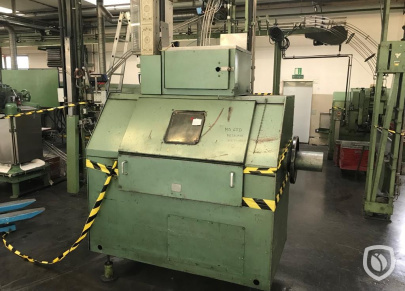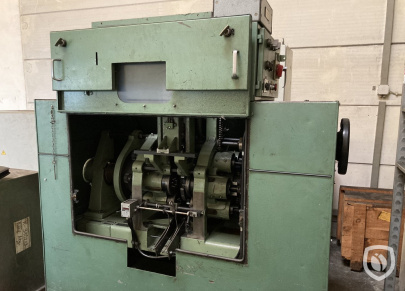How cans are made
Cans for food, drinks and non-food products may be constructed out of either two or three pieces of metal.
The first cans ever produced were three-piece and they were developed in the middle of the 19th century. They consist of a cylindrical body rolled from a piece of flat metal with a longitudinal seam, usually formed by welding, with a top and bottom, each seamed on the ends of the body.
Three-piece cans may be manufactured in almost any practical combination of height, diameter and shape. This process is particularly suitable for making cans of different sizes as it is relatively simple to change the parameters of the can under production.
The Cazander Brothers mainly have machinery for three-piece cans in stock.
What is a spin flanger?
The cylindrical can body passes from the body maker to the flanger. The cylinder is fed through a flanger where the top and bottom of the can are flanged outwards to fit the ends. The flange will later allow double seaming. A flanger comes in three different types: roller (rotating canister), tampon (fixed canister) or 'spin'.
Cazander Brothers regularly offer quality spin flangers from their extensive stock.
